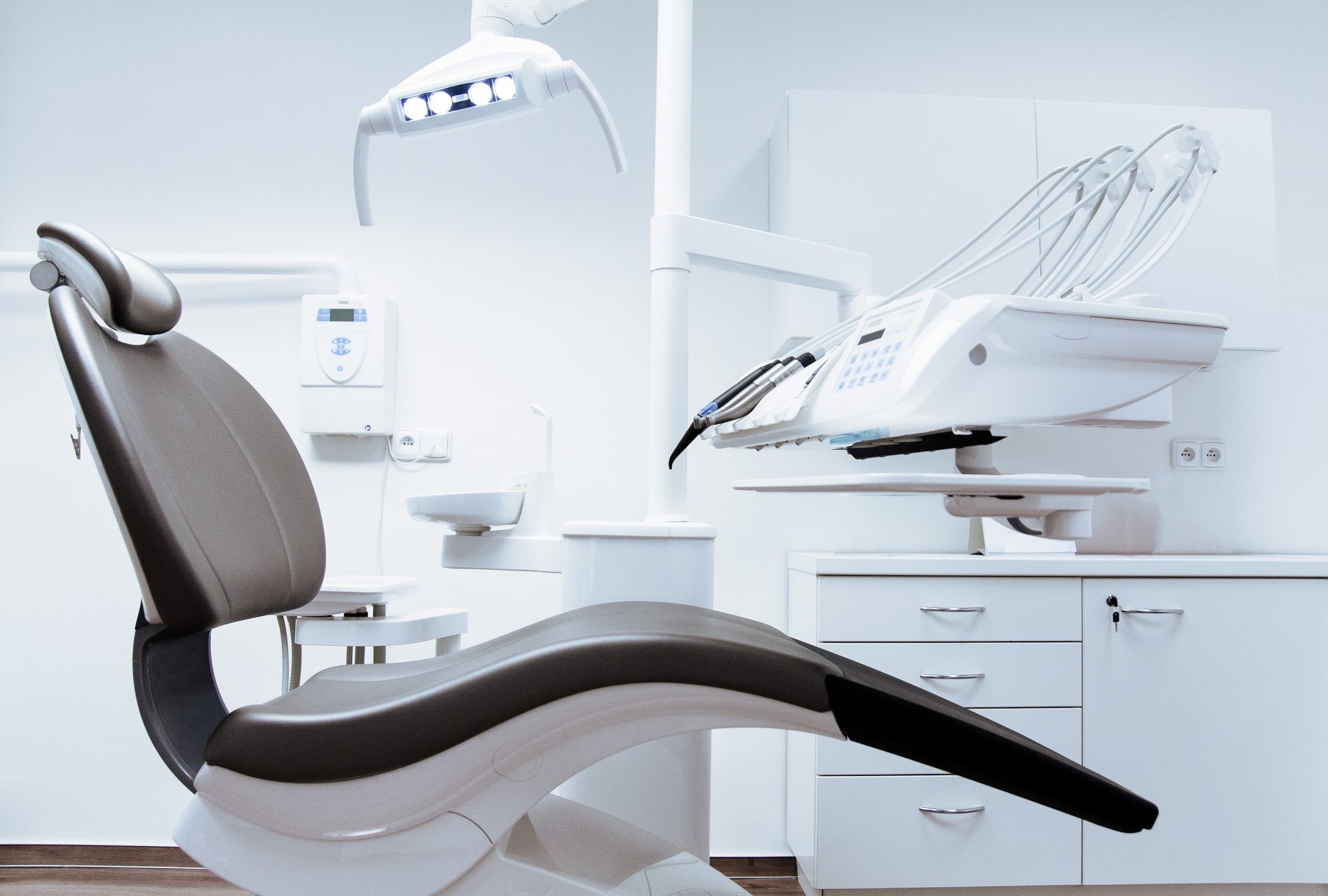
What Is Dental Bonding?
Dental bonding uses composite resin – the same material used for composite fillings – to shape a tooth. Teeth that are chipped, cracked or broken can be ‘built up’ with composite resin in a process called Bonded Restoration. This repair will restore the tooth to like-new condition and will last a long time with routine care. Dental bonding is also used to enhance the aesthetic appeal of a smile by reshaping teeth, correcting colour and closing gaps without the need for veneers or orthodontics.
The Dental Bonding Process
Whether you’re opting for dental bonding to either restore a tooth or purely for aesthetic enhancements, the process remains consistent. Here’s what you can anticipate during your dental bonding appointment:
Tooth Preparation
To start, a thin plastic film known as a dental matrix is placed to safeguard the neighbouring teeth. This film acts as a barrier between your teeth, protecting adjacent teeth from any stray preparation gel or composite resin. The dentist then meticulously cleans and dries your tooth before applying a mildly acidic gel for a brief period, creating a textured surface for optimal bonding.
Composite Resin Application
After removing the acidic gel and ensuring the tooth is dry, the composite resin is skillfully applied. The dentist selects a resin shade that matches your natural teeth, ensuring a seamless, lifelike appearance. Composite resin is layered, with each layer being cured using a specialized blue light for maximum strength and durability.
Final Touches
Following a thorough check of your bite alignment, your dental bonding procedure is complete. As a finishing step, the dentist provides a quick polish to your tooth, leaving it looking beautiful and indistinguishable from the surrounding teeth. You may even find it hard to remember which tooth was treated. In your dental records, a note will be made, and during future check-ups, the dentist will pay particular attention to the bonded tooth, checking for any signs of wear and tear.
How Does Dental Bonding Compare To Other Options?
Numerous alternatives exist for revitalizing your teeth or realizing your desired smile. The most suitable choices will be tailored to your unique requirements. At your appointment, we will gladly explore all available options, highlighting the advantages and disadvantages of each to empower you to make an informed choice. With that said, here are some of the advantages of dental bonding:
Quick and painless
When opting for fillings or dental veneers, it typically necessitates some degree of drilling to ready the tooth for treatment. Conversely, dental bonding almost never entails the removal of any substantial portion of your natural tooth, making the bonding procedure virtually painless in most instances.
Low upfront cost
Comprehensive procedures like dental veneers and orthodontic treatments tend to carry a higher cost, which is justified by the need for a tailored and intricate treatment plan to achieve significant transformations. On the other hand, when it comes to making minor alterations to a few teeth, dental bonding stands out as a straightforward and budget-friendly option.
Great for small repairs
It’s worth emphasizing: if you have grand aspirations for a substantial smile transformation, you’ll find value in a comprehensive treatment plan that could encompass dental veneers, crowns, or orthodontics. However, when it comes to minor alterations, dental bonding remains the most straightforward solution at your disposal.
Cost Of A Dental Bonding In Ancaster
Dental bonding is used for such a wide variety of reasons that it is difficult to provide a ballpark estimate without learning more about your needs and examining your teeth. That being said, typically, it costs approximately $300 to $600 or more per tooth without insurance. Most insurance companies will cover dental bonding, especially if it’s needed to restore a broken or damaged tooth. With insurance, you can expect to pay somewhere around $60 to $120 out of pocket.
When we’re determining the cost of your dental bonding treatment we look at these important factors:
- How many teeth you need bonded.
- Whether or not any new x-rays are required.
- How much composite resin will be needed to complete the treatment.
- Where the teeth in question are located in your mouth.
- Your current overall oral health.
Remember, no dentist can give you an accurate quote over the phone. After an examination, we would love to provide you with an accurate quote in person so that you can find out your final costs and make an informed decision.
Contact us today
to schedule an initial consultation & exam.
Your consultation will include an examination of everything from your teeth, gums and soft tissues to the shape and condition of your bite. Generally, we want to see how your whole mouth looks and functions. Before we plan your treatment we want to know everything about the health and aesthetic of your smile, and, most importantly, what you want to achieve so we can help you get there.
Frequently Asked Questions






